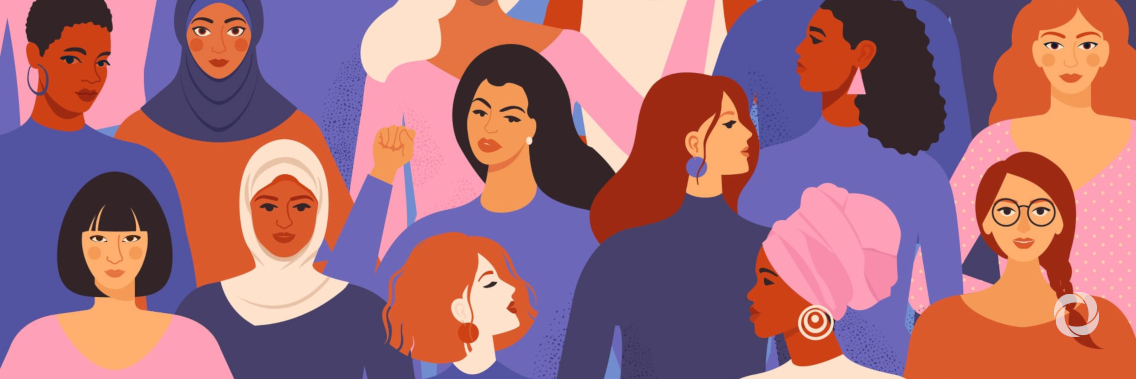Twenty-five years ago, at the International Conference on Population and Development in Cairo, 179 governments adopted a visionary Programme of Action that aimed to safeguard the health and rights of women and girls and to promote their empowerment.
Although important gains have been made, many of the goals laid out in that document have not been met.
Below is a status report on five ways the Programme of Action set out to change the world for women and girls.
1. Reducing maternal deaths
In 1994, the Programme of Action called for countries to effect “a reduction in maternal mortality by one-half of the 1990 levels by the year 2000 and a further one half by 2015.” Taken together, this would be a 75 percent reduction in maternal mortality.
Instead, between 1990 and 2015, global maternal mortality fell by roughly 40 percent – a significant decline, but far short of the goal.
Nine countries did, in fact, reduce maternal deaths by at least 75 percent, a sign that it is possible – with the right efforts, resources and political will.
Today, UNFPA is urging all countries to aim even further, calling for an end to all preventable maternal deaths, everywhere in the world.
2. Eliminating violence against women and girls
The ICPD Programme of Action called for countries to “take full measures to eliminate all forms of exploitation, abuse, harassment and violence against women, adolescents and children.”
Data on violence against women and girls are notoriously difficult to obtain. Survivors of violence are often discouraged from reporting abuse because of stigma and fear. Yet according to the best data currently available, violence against women and girls remains a global epidemic.
3. Ending harmful practices against women and girls
In 1994, leaders called for urgent action to end child marriage and female genital mutilation (FGM).
Since then, there have been global efforts to raise awareness of the consequences these practices have for girls’ bodies, lives and futures. As a result, the rates of both child marriage and female genital mutilation have fallen in the past 25 years.
Yet because of population growth, the absolute numbers of girls affected by these practices is actually believed to be growing.
4. Ending unmet need for family planning
Family planning empowers women and girls to become educated and employed; it is essential for reducing poverty, advancing gender equality and lowering the incidence of pregnancy-related deaths.
Leaders at the ICPD recognized this. They called for countries to “seek to provide universal access to a full range of safe and reliable family-planning methods”.
Today in developing regions, more than 200 million women who want to avoid pregnancy are not using safe and effective family planning methods. The reasons range from lack of access to information or services to lack of support from their partners or communities.
This continued unmet need undermines women’s ability to build a better future for themselves, their families and their communities.
5. Advancing gender equality
Twenty-five years ago, the Programme of Action urged governments to “accelerate women’s equal participation and equitable representation at all levels of the political process and public life”.
Here, women and girls have seen some strides – but not enough.
The world has embraced a growing number of female heads of state, including Angela Merkel in Germany, Ellen Johnson Sirleaf in Liberia and Michelle Bachelet in Chile.
Still, leadership roles are overwhelmingly held by men. Today, less than a quarter of parliamentarians around the world are women. And the percentage of Fortune 500 CEOs who are women has grown from 0 percent in 1995 to just 5 percent last year.
This November, the governments of Kenya and Denmark, together with UNFPA, will convene the Nairobi Summit on ICPD25 to mobilize the political will and financial commitments to fully implement the Programme of Action.
Original source: UNFPA
Published on 10 July 2019

